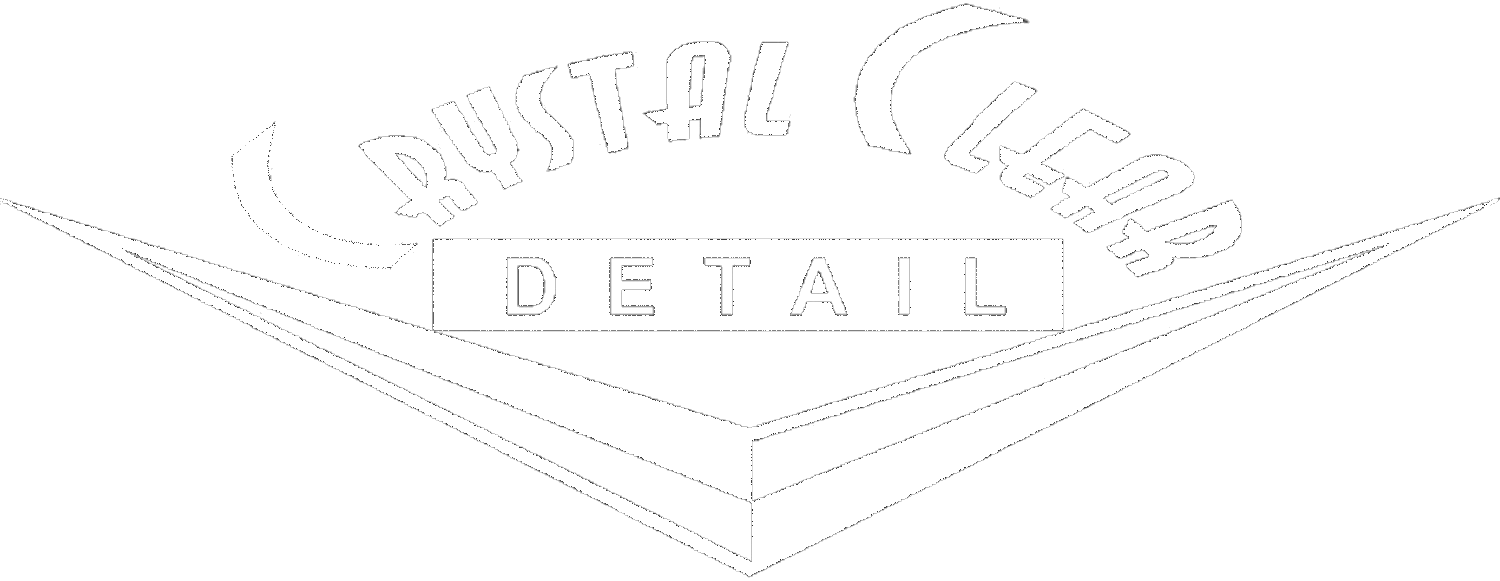Did you know that paint correction is important for the longevity of your car’s paint job? By removing surface imperfections, you can prevent rust and other damage from occurring. Paint correction can also improve the overall appearance of your vehicle. If you want to keep your car looking its best, it’s important to have a professional perform regular paint corrections.
What Does Paint Correction Entail?
Paint correction uses specialized tools and techniques to remove surface imperfections from your vehicle’s paintwork. It is a crucial step in the detailing process that can dramatically improve the overall appearance of your car.
There are many types of imperfections that can be corrected with paint correction, such as:
- Swirl marks
- Scratches
- Oxidation
- Water spots
- Bird droppings
Paint correction is often confused with polishing, but they are two completely different processes. Polishing refers to the act of using abrasives to remove a very thin layer of paint to achieve a high-gloss finish. Paint correction, on the other hand, uses abrasives to level out the surface of the paint and remove imperfections.
Why Is Paint Correction Important?
Paint correction is important because it can help to restore your vehicle’s paintwork to its original condition. It is also an effective way to protect your paint from further damage.
Swirl marks, for example, are tiny scratches caused by improper washing and drying techniques. Over time, these swirl marks can become more visible and cause your paint to look dull and faded. Paint correction can remove these swirl marks and restore the shine to your paintwork.
Similarly, oxidation is a type of paint damage that is caused by exposure to the sun and other elements. Oxidation can make your paint look dull, chalky, and faded. Paint correction can remove the oxidized layer of paint and restore the shine to your vehicle.
What Are the 3 Steps to Paint Correction?
Paint correction is a multi-step process that involves the use of different abrasives and polishes. The three main steps of paint correction are:
1. Prepping the surface
Prepping the surface is an important step in the paint correction process because it ensures that the abrasives and polishes can properly bond to the paint. This step usually involves cleaning the paintwork with a clay bar or a paint cleaner.
2. Correcting the imperfections
Correcting the imperfections is the next step in the process, and this is where the majority of the work is done. This step involves using different abrasives to level out the surface of the paint and remove imperfections.
3. Protecting the paintwork
The final step in the process is protecting the paintwork. This is usually done with wax or sealant. This step helps to protect the paint from further damage and makes it easier to maintain.
Conclusion
Paint correction is a crucial step in the detailing process that can dramatically improve the overall appearance of your car. It is an effective way to remove surface imperfections and restore your vehicle’s paintwork to its original condition. Paint correction is also an important way to protect your paint from further damage. For best results, paint correction should be done by a professional detailer. Contact Crystal Clear Detail to schedule an appointment for paint correction today.
